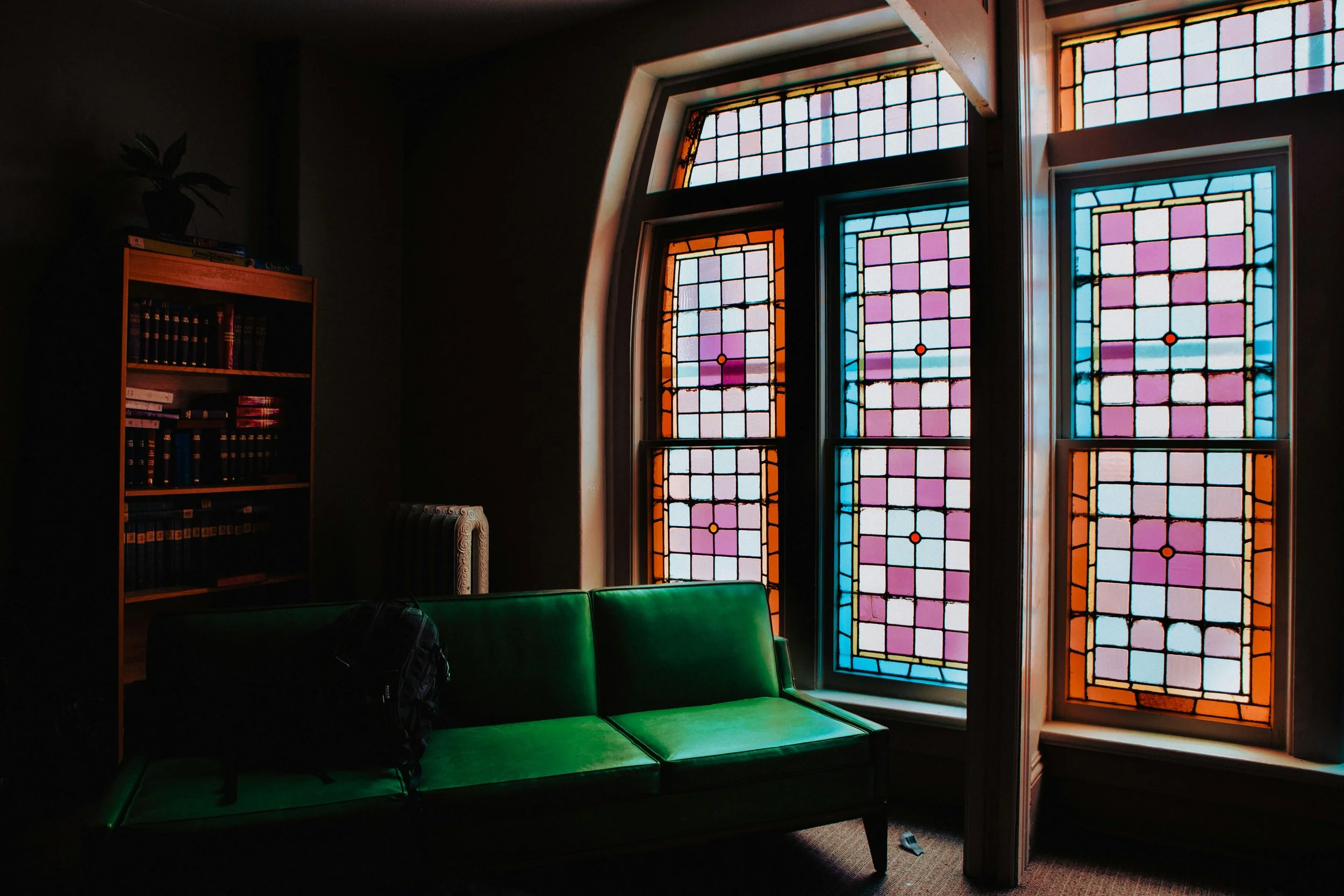Glass: art. beauty. design.
I've always been fascinated by how a simple material like glass can transform spaces in ways no other medium can. From stunning architectural facades to delicate artistic pieces, glass applications continue to push the boundaries of what's possible in design and esthetics. It’s amazing to think how glass started as a purely functional material and developed to an artistic medium for vessels in Roman and medieval times to its role in contemporary design. It is for this reason I wanted to take a closer look at how glass has evolved through the ages and it’s significance in today’s design landscape.
The Evolution of Glass as an Artistic Medium
When I trace the journey of glass as an artistic medium, the first historical references date back to around 3500 BCE in ancient Egypt and Mesopotamia where it first emerges as a material used in decorative objects, beads and jewelry [1]. These objects were likely considered luxury and only owned by the wealthiest.
We see another development in the first century BC when craftsmen in the Syro-Palestinian region invented glassblowing [2]. It was the Romans who soon took this innovation and began experimenting with various techniques including glass enameling, engraving and cut designs. Their mastery led to an explosion of creativity, with artisans crafting everything from practical vessels to intricate decorative pieces [3].
The medieval period brought its own magic, where glass art reached new heights of sophistication [3]. It is during the middle ages where we see a proliferation of stained glass throughout Europe appearing in gothic cathedrals signifying its religious appeal. But it was in Murano, Venice, where I believe glass truly found its artistic soul. The island became the epicenter of European glass art from the 13th century [1], with its craftsmen developing the renowned cristallo – a colorless blown glass that revolutionized the field [4].
The 20th century marked another turning point, as glass art expanded beyond traditional forms. The studio glass movement of the 1960s transformed this ancient craft, encouraging artists to explore glass as a purely sculptural material [1]. This shift led to incredible innovations, with pioneers like Dale Chihuly, Louis Comfort Tiffany (Tiffany Lamps), and Harvey Littleton elevating glass from a craft material to a recognized art form [5].
Today, when I look at contemporary glass in interior design, I see a medium that continues to evolve, with artists pushing boundaries and combining traditional techniques with new technologies. Glass has become more than just a functional material - it's now an expanding channel of artistic expression.
Glass Art in Contemporary Design
The versatility of glass in modern design particularly excites me. I love how this material can introduce bold accents while maintaining functionality. Glass in design continues to serve multiple purposes - from eye-catching sculptures to practical elements like partition walls in living and bathroom spaces.
One of my favorite aspects is how glass interacts with light. It can flood rooms with natural brightness while creating fascinating interplays with color and texture throughout a space. This quality makes it especially valuable in contemporary design, where sometimes it is entirely light and space that defines the character of a room.
The Future: Sustainable Glass design
The push toward sustainability has sparked a remarkable shift in how we approach glass production. Many manufacturers are reimagining their processes to reduce environmental impact, through the innovative use of recycled glass, or cullet, in production.
The future of sustainable glass design looks promising. Artists and manufacturers are adopting energy-efficient furnaces, sourcing local materials and using non-toxic materials [11]. Some studios have even developed processes for de-tempering misused glass panels that would typically end up in landfills [12].The practice of using recycled glass not only preserves resources but also reduces landfill waste and reduces energy consumption.
Final Thoughts
Glass has proven itself as more than just a transparent barrier - it's a medium that continues to evolved, captivate and inspire. It is ever adapting to our changing needs and values. Modern artists and designers have taken centuries-old techniques and reimagined them for contemporary spaces, creating works that blend functionality with stunning esthetics. The industry's shift toward sustainability shows that beautiful design and environmental responsibility can work hand in hand.
Glass design stands at an exciting crossroads where history, artistry, and innovation meet. As we look ahead, the possibilities seem limitless - from energy-efficient architectural solutions to new and exciting artistic expressions. The future of glass design promises to be as clear and bright as the material itself, continuing to transform our spaces in ways that previous generations never dreamed of.


